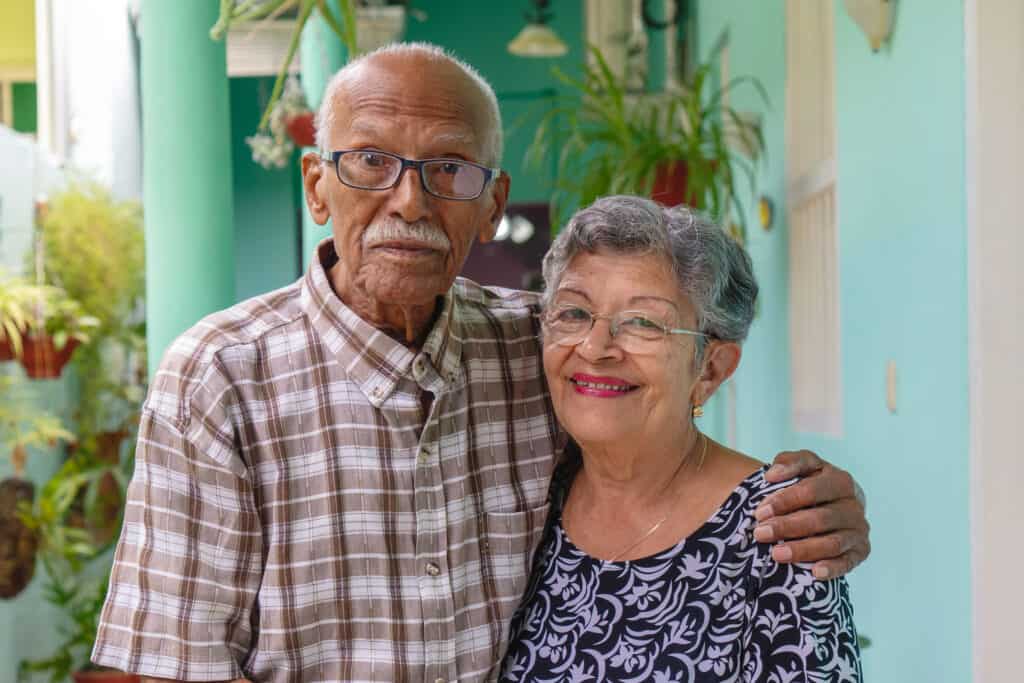This is an excerpt from NCRC’s 2020 Home Mortgage Report. See the full report for more findings.
The older adult mortgage market differs in many ways from the rest of the Home Mortgage Data Act (HMDA) data. Older adults are more likely to have equity from previous homeownership or other investments. Older adults hold less of their wealth in their homes and they are more likely to have pensions or other investment accounts. Older adults also need to be able to access the equity in their home to repair or modify it as they age. In many cases, special accommodations are needed for older adults to allow them to age in place.
In NCRC’s 2020 report on “Mortgages And Older Adults After COVID-19,” which analyzed 2018 HMDA data and its implications in a pandemic year, it was found that older adults (55 years or older) see many of the same systemic and structural barriers in the housing market as younger borrowers, with Black and Hispanic applicants reporting lower origination rates and higher denial rates than White and Asian borrowers. In addition, older adults are often the target of predatory lending and were frequently victimized by mortgage lenders during the 2005-2009 home lending frenzy. The report revealed that 30% of all mortgages went to an older adult and they were overwhelmingly refinance loans.
In NCRC’s more recent mortgage lending report, it was clear that the influx of younger refinance borrowers has eroded the dominance of older adults in this space. In 2018, over 45% of refinance loans were to older adults, and in 2020, that figure fell to 31.5%. However, as interest rates rebound, it is very likely that older adults will increase their share of the mortgage market. This hypothesis is based on the growing number of older adults as well as the lack of low rates pushing younger homeowners to refinance.
Over the next two decades, the growing population in the oldest age groups will lift the share of all US households age 65 and over from 26 percent in 2018 to 34 percent in 2038. The Joint Center for Housing Studies projects that the number of households aged 75–79 will increase 49 percent in 2018–2028, to 8.9 million, and by another 20 percent in 2028–2038, to 10.7 million.
— Harvard Joint Center for Housing Studies Housing Americas Older Adults 2019
Reverse Mortgages
Reverse mortgages are a small but important market within HMDA. Most of these loans are Home Equity Conversion Mortgage (HECM) loans guaranteed by HUD. In both 2018 and 2019, the first years in which reverse mortgages were added to the dataset, there were just 61,000 applications reported, and in 2020 this number spiked to 70,114. The origination rate on those applications increased as well, from 54% in 2018 to 61% in 2020. The upward trend in reverse mortgages mirrored the demographic changes in the number of American households entering retirement age with mortgages.
Racially, the reverse mortgage market looked very similar to the forward loan market. In 2018 and 2019, about 17% of reverse mortgages went to BIPOC borrowers. This figure dropped to 15% in 2020, suggesting that the increase in reverse mortgage lending, like refinance lending, may have been due to White homeowners taking advantage of the low rates and rapid increase in home values.
Additional research on reverse mortgage lending could focus on this pattern of pandemic lending. Older adults have faced high levels of economic insecurity during the pandemic; did this hardship result in more reverse loans? Did rising home values offer an opportunity for homeowners who did not have enough equity for a reverse mortgage? How many of these mortgages were driven either directly or indirectly by COVID-19?
Photo courtesy of Shutterstock



